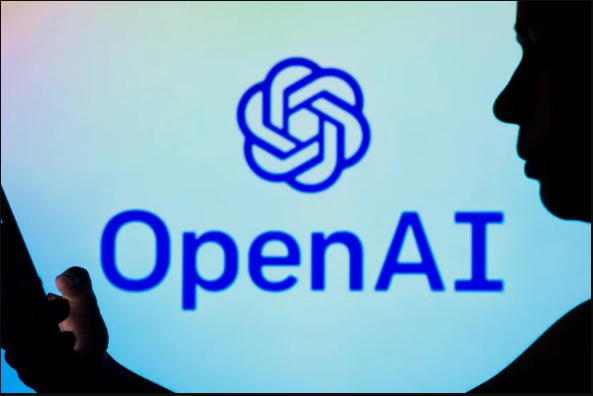

History of Artificial Intelligence
The history of artificial intelligence dates back to the mid-20th century, when scientists began exploring the idea of creating machines capable of thinking and learning. Here’s an overview of the key stages in the history of artificial intelligence:
1950s: The Beginnings
Alan Turing: Proposed the Turing Test as a measure of artificial intelligence.
Dartmouth Conference (1956): Considered the starting point for artificial intelligence as an academic field, where researchers gathered to discuss the possibilities of AI.1960s: Early Developments
Development of programs like ELIZA, which mimics human conversation.
Focus on expert systems, which use specialized knowledge to solve problems.1970s-1980s: Periods of Stagnation
AI Winter: Due to inflated expectations and a lack of funding, the field experienced a downturn.1990s: Recovery
Improvements in machine learning techniques, and the rise of the internet helped collect vast amounts of data.
Chess: The victory of the "Deep Blue" program over world champion Garry Kasparov in 1997.2000s-Present: The Modern Era
Deep Learning: The evolution of neural networks contributed to remarkable achievements in fields such as computer vision and natural language processing.
Widespread use of AI in commercial applications, healthcare, and self-driving cars.Conclusion
Today, artificial intelligence has become an integral part of our daily lives, with significant impacts on the economy and society.















Post Comment